We're building a global network of people empowered to protect our Earth.
A different future is possible. The solutions exist. The movement of changemakers is growing. Together, we can solve the climate crisis, restore the Earth, and create a just and vibrant future.
JOIN THE MOVEMENToptim.-small.jpg?auto=compress%2Cformat)
The science is clear—we can solve the interconnected crises of climate change and biodiversity loss.
Based on groundbreaking science, One Earth developed a powerful Solutions Framework that provides a roadmap to stop climate change and protect biodiversity. The solutions are readily available, science-based, and fall under three pillars of collective action.

Transition our energy systems to 100% renewable energy for all.
A just transition to 100% renewable energy can be achieved today with widely available technologies, creating millions of jobs, saving billions in fuel costs, and preventing trillions in climate damages.

Protect, connect, and restore 50% of nature in a Global Safety Net.
By protecting and restoring half of Earth's lands and oceans we can reverse biodiversity loss and stabilize the Earth’s climate. Expanding Indigenous land rights, a deforestation moratorium, and restoring 350 million hectares of forest are vital for meeting the 1.5°C goal.

Transform our food and fiber systems to feed 10 billion people sustainably while restoring life back to the soil.
By halving meat consumption and food waste, minimizing chemical inputs, diversifying crops, supporting smallholder farms, and boosting soil health, we can feed 10 billion people sustainably by 2050, greatly reduce agricultural emissions, and enhance nutrition.
Backed by science. Informed by experts.



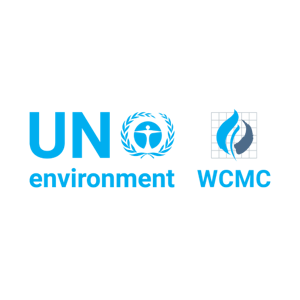


Reconnect to your place on Earth, and explore solutions in action.
Explore Earth's diverse ecosystems across its 185 bioregions. Discover the growing network of organizations and local leaders from around the world who are implementing climate solutions, transforming our food and energy systems, and protecting nature. Learn how you can be a champion for the Earth by supporting the solutions we need now.
One Earth’s mission is to empower everyone, everywhere, with the knowledge, inspiration, and opportunities to heal the Earth and reclaim our future.
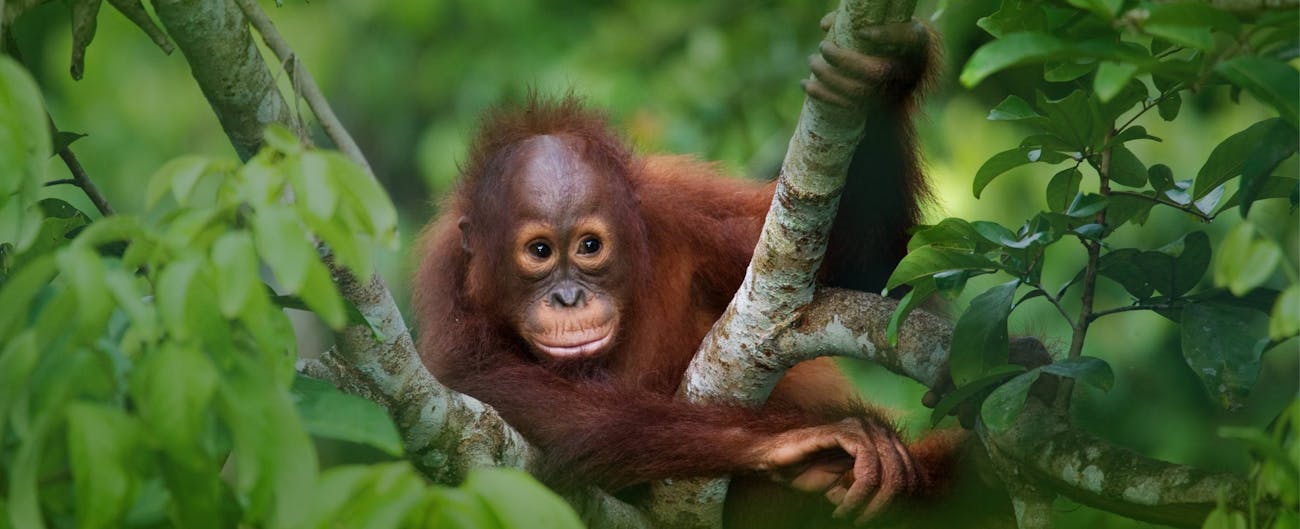
Knowledge through Science
We lead science to identify and prioritize the most effective solutions to the interconnected crises of climate change and biodiversity loss.
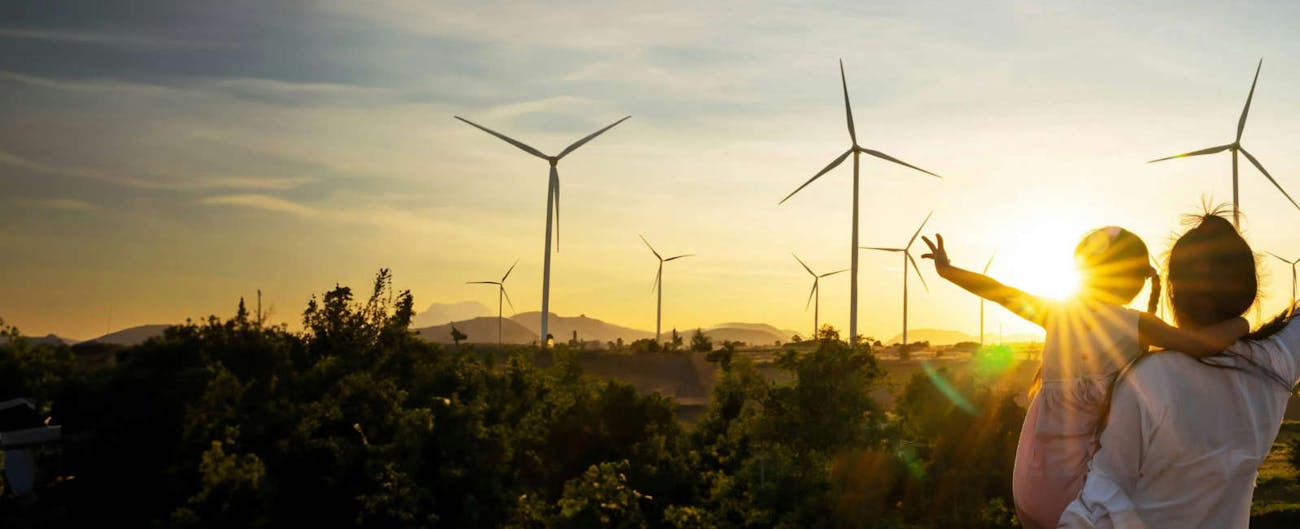
Inspiration through Storytelling
We elevate solutions through inspiring stories and accessible tools to empower all people to envision and create a new future.

Opportunity through Engagement
We galvanize people to discover, join, share, and give to drive change across the Earth’s 185 diverse bioregions.
-min.jpg?auto=compress%2Cformat&w=1300)
We're having an impact
Turning knowledge into action by identifying and elevating the most effective climate and biodiversity solutions to shape policy, guide investments, support grassroots organizations, and galvanize a global movement dedicated to regenerating our one Earth.

We've supported the development and publication of 44 groundbreaking scientific reports.
44
Groundbreaking Reports
7.4 million people have engaged with our content across our digital platforms.
7.4M
Digital Engagements
We've partnered with over 65 world-renowned scientists, research organizations, and academic institutions to advance climate and conservation solutions.
65+
Scientific Partners
Over 3.9 million individuals in 92 countries have called on world leaders to take action for the Earth.
3.9M+
Individuals Galvanized
We've elevated and supported over 210 solution projects contributed by 170+ partner organizations across 66 bioregions and 53 countries.
210+
Projects Supported
Over $9 million provided by the One Earth Community to support critical climate solutions around the world.
$9M+
For Climate Solutions
One Earth in the Press

“There are three main solutions for us to solve the climate crisis, and they have to be acted on quickly—A just transition to 100% renewable energy; The second one is protecting, connecting, and restoring 50% of the world’s lands and oceans; And then the third is shifting our food and fiber systems to regenerative agriculture."

“Through this approach, we can localize the Global Commons, creating a just, equitable, and science-based approach to conserving the biodiversity that makes all life on Earth possible.”

“Science shows that all the solutions to the climate crisis exist today. We must act quickly to radically scale funding for women leaders who are driving the change we need to create the future that’s possible. This is an opportunity we simpy cannot afford to miss.”

“In the next three to five years, we’re going to have a lot of breakthroughs in direct observation measuring biodiversity. A ‘mesh’ of these techniques together with remote sensing technology, deployed on planes and satellites, can provide a fuller picture of an ecosystem and how its complex parts Interact.”
Collective action is at the heart of our work
One Earth believes in achieving meaningful impact through deep collaboration with a growing network of diverse experts, Indigenous leaders, local organizations, and mission-aligned companies. We are proud to partner with organizations working to create a better world where all people and nature thrive together.
Stay Informed and Inspired
Through the diverse voices and perspectives of One Earth’s global network of contributors, we’ve built an extensive library of stories that celebrate our Earth’s heroes, demystify climate science, and uplift innovative solutions, all while honoring the beauty of our shared planet. Dive in and transform your eco-anxiety into proactive climate action!
-

Learning from place: Nature tools to power local climate solutions
Discover how One Earth and the Biomimicry Institute are providing nature-based tools that empower climate solutions grounded in bioregions and ecological knowledge.
-

Why the black-tailed deer is vital to Pacific Northwest forests
Elusive, graceful, and deeply attuned to its woodland world, the black-tailed deer is more than a symbol of the wild; it is an essential thread in the fabric of the coastal forest.
-
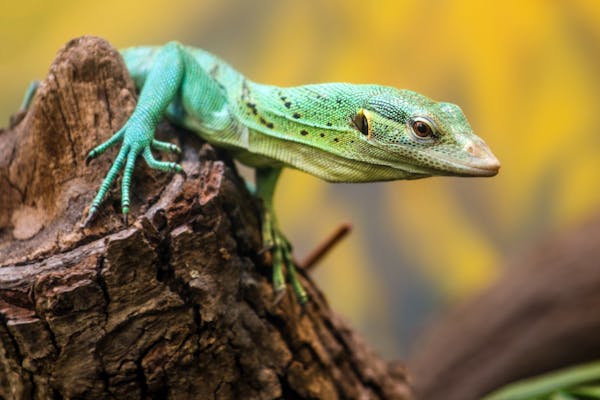
The jewel of the trees: The Biak emerald monitor
Endemic to the remote island of Biak in Indonesia’s West Papua province, the Biak emerald monitor plays an important role in its forest ecosystem. But despite its beauty, little is known about this cryptic creature, and it faces mounting threats in an increasingly fragile habitat.
-

Meet the Raso lark: The critically endangered songbird of Cape Verde
Found only on one tiny island, the Raso lark is one of the world’s rarest birds, and it’s fighting to survive.
-

The Nile monitor: Guardian of Africa’s waterways
At nearly seven feet long, the Nile monitor is Africa’s largest lizard and one of the most intelligent reptiles on Earth.
-
%20standing%20in%20snow.%20Image%20credit%20%20Glenn%20Nagel%20%7C%20Dreamstime.jpg?auto=compress%2Cformat&h=600&w=600)
Return of the ghost wolf: Saving the Mexican gray wolf
Once nearly silenced by extinction, the haunting howl of the Mexican gray wolf now echoes again through the Southwest, an emblem of resilience, restoration, and the enduring wild spirit of the borderlands.

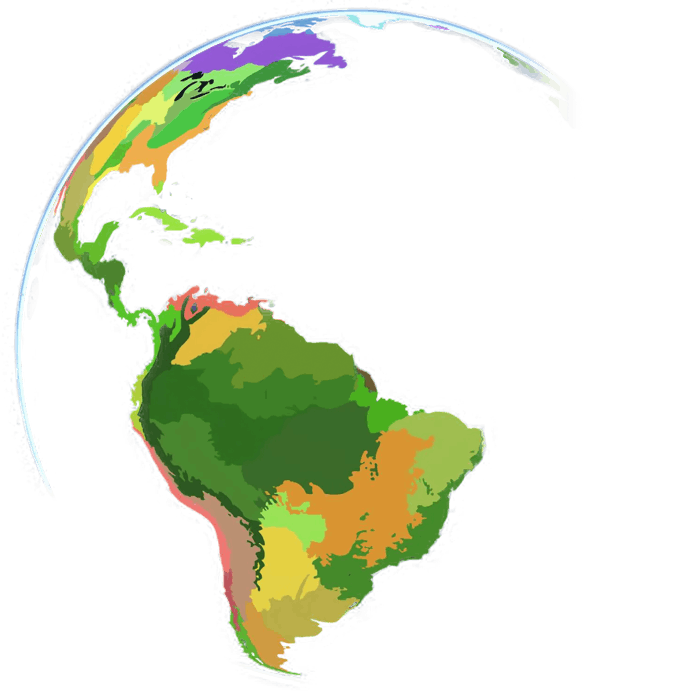


.png?auto=compress%2Cformat&w=300)



.png?auto=compress%2Cformat&w=300)
